Description
hardware flow control. It is an ideal choice in the field of industrial automation.
(1) Use STEP7V5.2 configuration software and enter Hardware Configure to complete S7-300 PLC hardware configuration;
(2) Select S7-315-2DP as the main station system, import the GSD (device database) file of NPBA-12 into the STEP7 programming environment, and configure the software
to configure NPBA-12 with S7-315-2DP as the main station. DP online, and select the PPO type to use. This design uses PPO4 to set the site network address. In the Profibus
structure of the variable frequency drive device, ABB frequency converters use the Profibus-DP communication module (NPBA-12) for data transmission, which is
mainly periodic: the host reads the input information from the slave station and sends the output information back to the slave station. ,
so it is necessary to call two system function blocks SFC14 and SFC15 in the PLC main program to read and write these data to achieve communication control to
the frequency converter;
(3) Create a data block in the main PLC program for data communication with the frequency converter; establish a variable table for observing the real-time
communication effect.
4 Inverter operation settings
After the frequency converter and PLC are connected to a network using Profibus-DP fieldbus, in addition to programming in the PLC automation system,
appropriate parameter settings must also be performed on each frequency converter.
After the communication cable is connected, start the inverter and complete the setting of the inverter communication parameters.
4.1 Basic settings
(1) 51.01—Module type, this parameter displays the module model detected by the transmission device. Its parameter value cannot be adjusted by the
user. If this parameter is not defined, communication between the module and the drive cannot be established.
(2) 51.02—This parameter selects the communication protocol, “0” selects the Profibus-DP communication protocol.
(3) 51.03—This parameter is Profibu
The PPO type selected by s connection, “3” is PPO4, but the PPO type on the inverter should be consistent with the PPO type configured on the PLC.
(4) 51.04—This parameter is used to define the device address number, that is, the site address of the frequency converter. Each device on the Profibus
connection must have a separate address. In this design, the two frequency converters are stations 2 and 3 respectively. [1]
4.2 Connection of process parameters
The process parameter interconnection completes the definition and connection of the corresponding parameters of the NPBA-12 dual-port RAM
connector and the frequency converter, including the connection from the master station (PLC) to the frequency converter and the connection from the frequency
converter to the master station (PLC). Set the following connection parameters on the frequency converter.
(1) PZD value sent from PLC to transmission inverter
PZD1—control word, such as start enable, stop, emergency stop and other control commands of the frequency converter;
PZD2—frequency setting value of the inverter.
(2) PZD value sent from the transmission inverter to the PLC
PZD1—status word, such as alarm, fault and other inverter operating status;
PZD2—actual speed value, current actual value, etc. of the frequency converter.
5 Conclusion
After the inverter control system adopts the Profibus-DP fieldbus control mode, the entire system not only has strong reliability and is easy to operate, but also can
be flexibly modified according to process needs. After this system was applied in Jigang Baode Color Plate Co., Ltd., it has been running well and has provided a successful
example for the future automation equipment (network communication of different manufacturers) of the head office.
New technology from Swiss ABB Group: Complete car charging in 15 seconds
This technology can charge a car in 15 seconds
The Swiss ABB Group has developed a new electric bus technology that can complete vehicle charging in 15 seconds . No other company”s battery technology can achieve this performance.
ABB has developed a technology called “Flash Charging” that allows an electric bus with 135 passengers to charge at charging points along the route. The charging point has a
charging power of 400 kilowatts and is located above the vehicle. The charging point is connected to a moving arm controlled by a laser and can charge the car battery in 15 seconds. Its
minimal design will help protect the urban environment and surrounding landscape.
The idea behind this design is to give the electric bus enough power to travel to the next charging station after one charge. The end of the line will allow for long periods of full charging
, with the car able to travel longer distances on a full charge. In addition to faster charging times, the system uses a carbon-emission-free solution called
TOSA to obtain electricity from clean hydroelectric power stations.
ABB initially plans to use this technology between Geneva Airport and the Palexpo International Convention and Exhibition Center. If the test is successful
, it will be deployed to public transportation systems. This is more cost effective and environmentally friendly.
ABB Executive Chief Technology Officer Claes Rytoft said: “With flash charging, we can trial a new generation of electric buses for large-scale transportation
in cities. This project will provide greater flexibility, cost-effectiveness and flexibility.” Paving the way for a lower public transport system while reducing pollution and noise.”
Excitation system ABB module RLM01
Excitation system ABB module RINT-5521C
Excitation system ABB module RINT-5521C
Excitation system ABB module RID-04 3HNA020882-001
Excitation system ABB module RFO810
Excitation system ABB module RF620
Excitation system ABB module RF615
Excitation system ABB module RF615
Excitation system ABB module RF533 3BSE014227R1
Excitation system ABB module RF522 3BSE000743R1
Excitation system ABB module REX521GHHGSH51G
Excitation system ABB module REX521GBHPLB01G
Excitation system ABB module REX010
Excitation system ABB module REU615E_D
Excitation system ABB module REU610CVVHCNR
Excitation system ABB module RET670
Excitation system ABB module RET670
Excitation system ABB module RET670
Excitation system ABB module RET650
Excitation system ABB module RET650
Excitation system ABB module RET630
Excitation system ABB module RER133
Excitation system ABB module REM615
Excitation system ABB module REM545BM223AAAA
Excitation system ABB module REM545BM222BAAA
Excitation system ABB module REM543CM216AAAA
Excitation system ABB module REM543CM214AAAB
Excitation system ABB module REG670
Excitation system ABB module REG216
Excitation system ABB module REF620C
Excitation system ABB module REF615R
Excitation system ABB module REF615K
Excitation system ABB module REF615F
Excitation system ABB module REF615E
Excitation system ABB module REF615C-E
Excitation system ABB module REF615C-D
Excitation system ABB module REF615A_E HAFAABAAABE1BCA1XE
Excitation system ABB module REF615
Excitation system ABB module REF611C-E
Excitation system ABB module REF610C11LCLR
Excitation system ABB module REF610
Excitation system ABB module REF610
Excitation system ABB module REF601 CE446BB1NH
Excitation system ABB module REF601
Excitation system ABB module REF543KM129AAAB
Excitation system ABB module REF543KM127AAAA
Excitation system ABB module REF543KB127AAAA
Excitation system ABB module REF542PLUS 1VCR007346
Excitation system ABB module REF542PLUS 1VCF752000
Excitation system ABB module REF542plus
Excitation system ABB module REF542PLUS
Excitation system ABB module REF542PLUS
Excitation system ABB module REF541KM118AAAA
Excitation system ABB module REF541
Excitation system ABB module RED615
Excitation system ABB module REC670
Excitation system ABB module REC650
Excitation system ABB module RDCU-12C 3AUA0000036521
Excitation system ABB module RDCU-02C
Excitation system ABB module RDCU-02C
Excitation system ABB module RDCU-02C
Excitation system ABB module RDCO-03C
Excitation system ABB module RDCO-01
Excitation system ABB module RB520 3BSE003528R1
Excitation system ABB module RB520
Excitation system ABB module RB520
Excitation system ABB module RAPI-01C 3AUA0000036340
Excitation system ABB module RAPI-01C 3AUA0000036340
Excitation system ABB module RAIO-01
Excitation system ABB module R1.SW2/3
Excitation system ABB module R1.SW2/3
Excitation system ABB module R1.CAIR
Excitation system ABB module R1.CAIR
Excitation system ABB module QHMX325
Excitation system ABB module QHMV306
Excitation system ABB module QHMV303A
Excitation system ABB module QHFT201
Excitation system ABB module QHFT200F
Excitation system ABB module QHFG207
Excitation system ABB module QHFG205
Excitation system ABB module QHFG-203
Excitation system ABB module QHFC210
Excitation system ABB module QHFB-210
Excitation system ABB module QHFA-301
Excitation system ABB module PXAH401
Excitation system ABB module PXAH401
Excitation system ABB module PU519 3BSE018681R1
Excitation system ABB module PU519
Excitation system ABB module PU518
Excitation system ABB module PU517 3BSC980050R46
Excitation system ABB module PU517
Excitation system ABB module PU517
Excitation system ABB module PU517
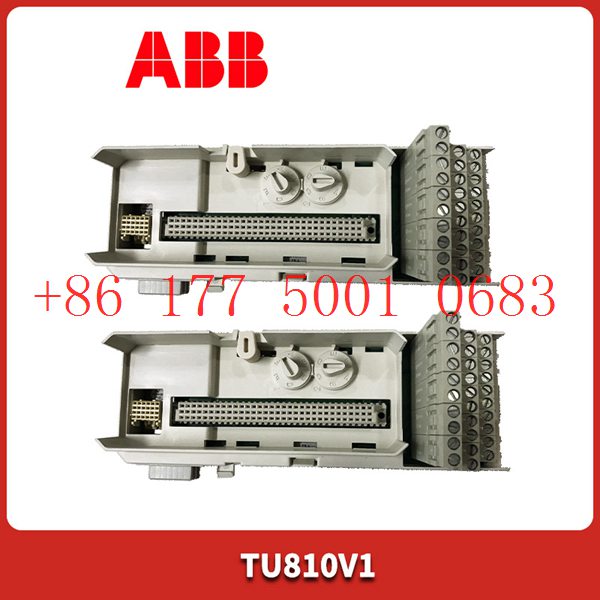
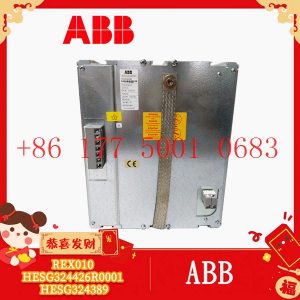
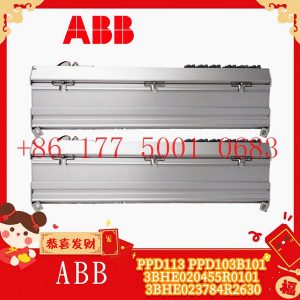
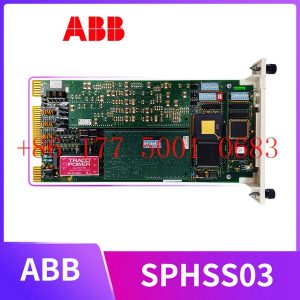
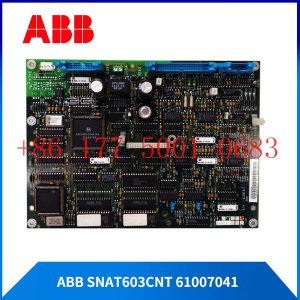
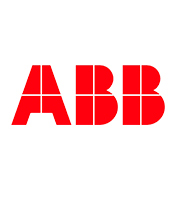



Reviews
There are no reviews yet.